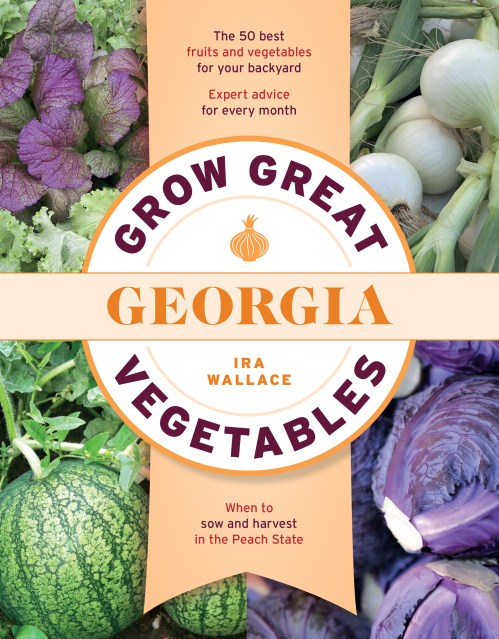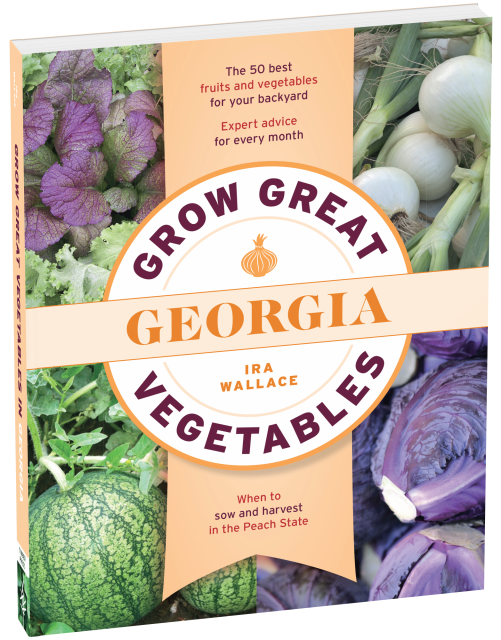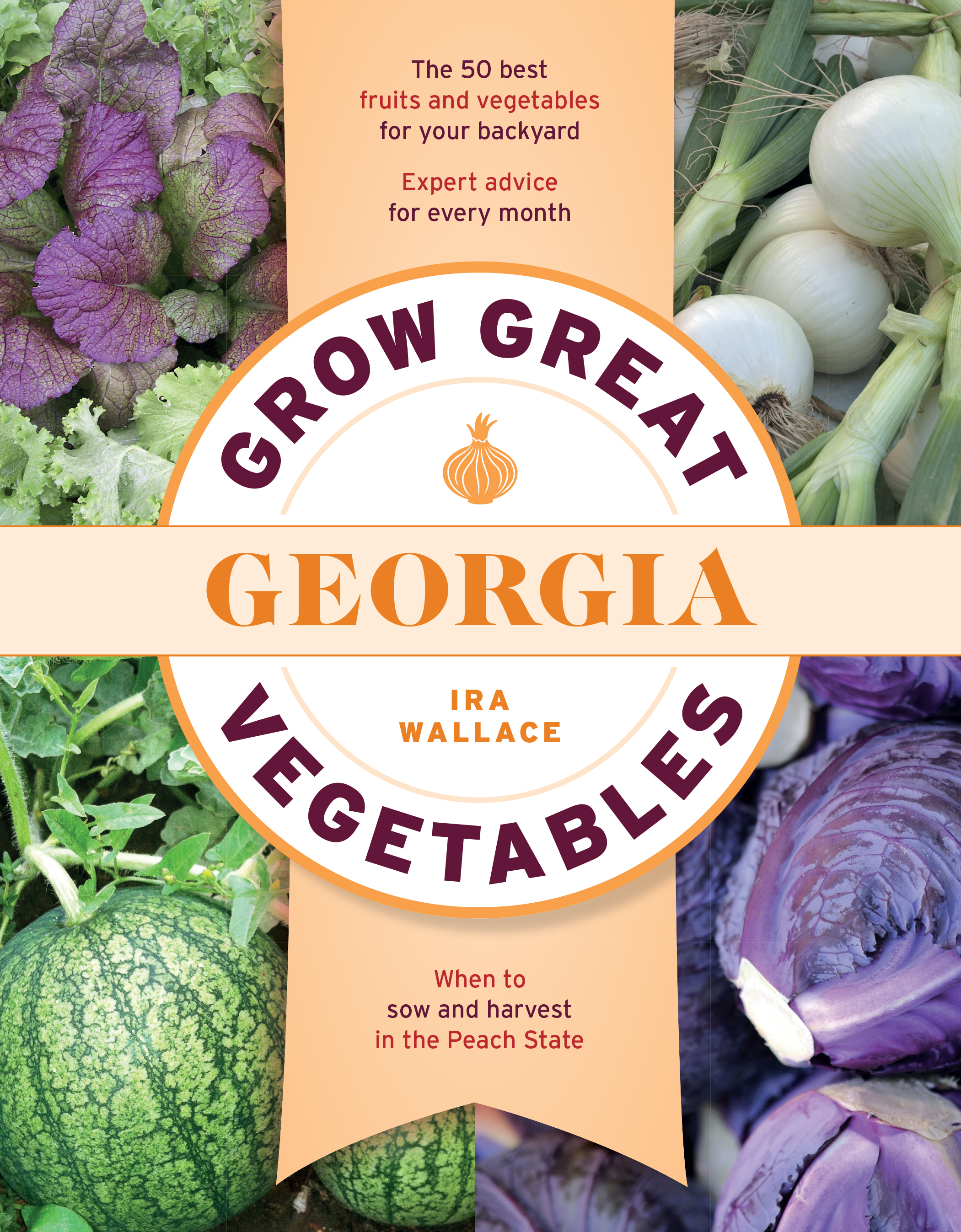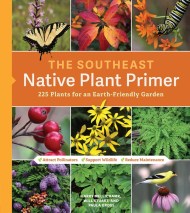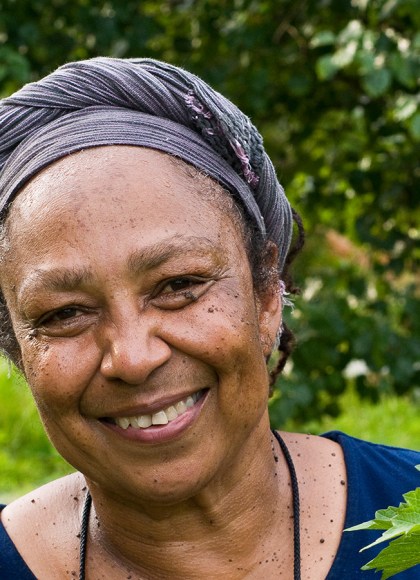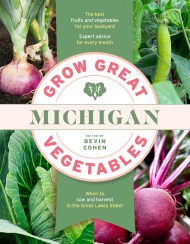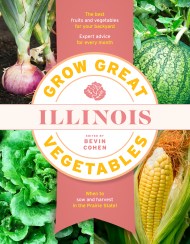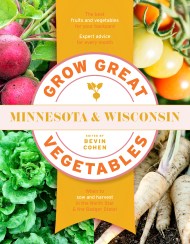Promotion
Use code MOM24 for 20% off site wide + free shipping over $45
Grow Great Vegetables in Georgia
Contributors
By Ira Wallace
Formats and Prices
Price
$19.99Price
$24.99 CADFormat
Format:
- Trade Paperback $19.99 $24.99 CAD
- ebook $3.99 $3.99 CAD
This item is a preorder. Your payment method will be charged immediately, and the product is expected to ship on or around March 31, 2020. This date is subject to change due to shipping delays beyond our control.
Also available from:
Get the inside dirt, Georgia!
This ultimate local guide to growing vegetables and other edibles provides you with insider advice on climate zones, average frost dates, and growing season details across Georgia. Information includes details on sun, soil, fertilizer, mulch, water, and the best varieties for your region. A garden planning section helps with design and crop rotation, and monthly lists explain what to do from January through December. In-depth profiles of nearly 50 edibles round out the information and help ensure a can’t-miss harvest.
Genre:
- On Sale
- Mar 31, 2020
- Page Count
- 252 pages
- Publisher
- Timber Press
- ISBN-13
- 9781604699661
Newsletter Signup
By clicking ‘Sign Up,’ I acknowledge that I have read and agree to Hachette Book Group’s Privacy Policy and Terms of Use
